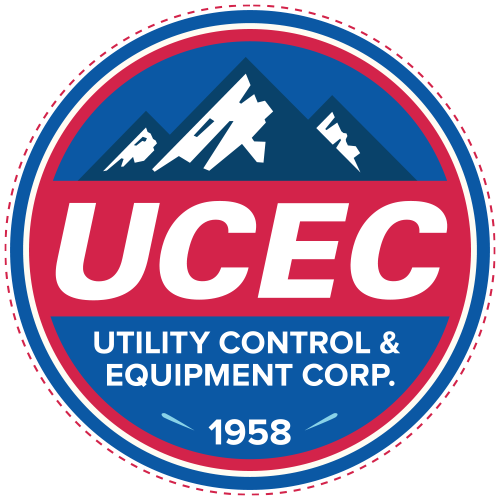The More the Merrier: UL Listing Class
By Garrod Massey
UCEC recently brought in a UL trainer to review with us the strict standards for panels located in hazardous locations. (Blog readers may remember that Ron Siauw and I traveled to Chicago earlier in the year to learn about this very topic.)
You might expect a class like this to consist of only wiremen and women. Actually, our class members included wiring folks, but also members of the quoting team; people from the Fabrication side of the shop; and one customer.
The reason for the varied group of people? Hazardous locations touch many parts of the UCEC team, so it’s important for everyone to have knowledge of these special panels. For instance, the quoting team needs to know that the components they are ordering are rated correctly for the type of hazardous location the customer requests. For the Fabrication team, these craftsmen need to know about the hazardous location requirements because there are a lot of demands inside the enclosure that have to be met to satisfy safety standards.
Many thanks for Kevin Fletcher of UL for the informative training! Here are some of the topics we trained on in the class:
UL698A
This is basically the standard for intrinsic safety for hazardous panels. These panels are usually outside of the hazardous area but circuits will feed out from the panel that we’re building into equipment located in the hazardous location.
Some things we have to pay attention to are making sure the signal has limited electrical and thermal energy. Also, we need to make sure we completely understand from the customer and their panel designers what type of hazard that we’re dealing with. Each hazardous material has its own flashpoint.
NNNY
This standard is fairly dense compared to the others. It covers purged and pressurized as well as non-incendive panels. We have to study areas of four different standards books for this section: UL508A, UL1203, NFPA496 and NFPA497.
Non-Incendive
Simply put, the components selected for this type of panel cannot arc or spark in free air. This means contacts must be sealed, hermetically or otherwise, so all arcing and sparking remains trapped within the device. Another way is to buy components that electronically switch state (often referred to as “solid state.”)
Purged and Pressurized Panels
A purged and pressurized panel has compressed air (usually an inert gas) being fed into it, so we can order any type of component for that panel. Hazardous gas can’t seep inside because there is positive pressure inside. These panels have a very complex mechanical build to them, so this area is of particular importance to the Fabrication team.
Nameplates
With every panel we UL list from our shop, we have to install certain nameplates and tags, so operators know information such as what size and type of fuses they need to replace if they blow. We learned more about environmental ratings (a rating of what environment the panel can be in without substances getting inside). We also have to label what kind of fittings that must be used if there are penetrations made to the panel (to retain its environmental rating).
Nameplates include information fieldstaff need to know before they open the door: voltage, number of power sources and other important safety information.
Garrod is an Operations Support Manager for UCEC.

